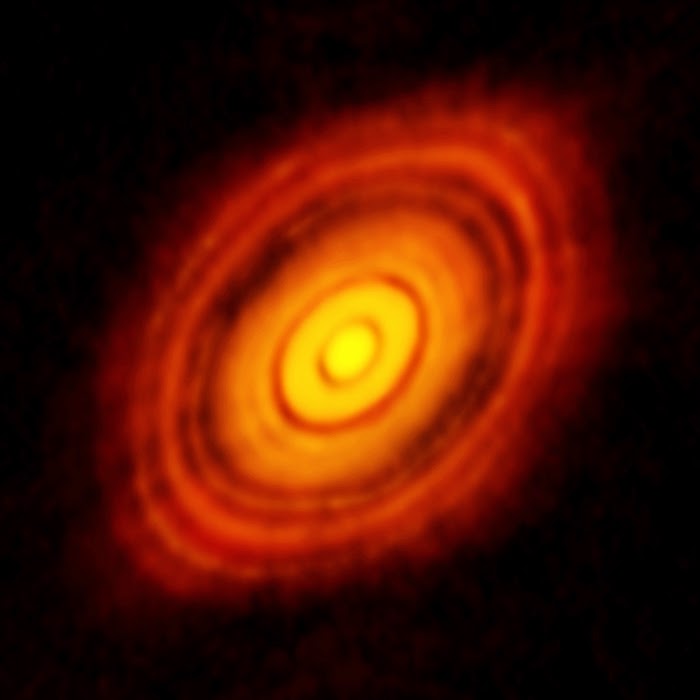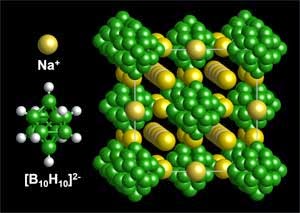I like to use the phrases “Thinking within and along the circle; an ever expanding and evolving circle”. I use this instead of “thinking outside the box” because whether it is outside or inside, “the box” is still using someone else paradigm.
With that being said, I want to address Black Sci Fi/Sword and Soul/Steamfunk and making money by appealing to a target audience; a primarily Black one. When we examine the effects of Black culture and creators within the entertainment world and how that translates into money, the purpose of appealing to a Black audience is justified.
The justification comes from the fact that using our cultural creativity throughout history has produced the most relevant forms of modern entertainment in the world and multi-billion dollar industries.
For example, the statistics for album sales in 2012 show how primarily Black originated music overwhelmingly dominates the charts. Modern rock music owes its origins to early rock and roll. Rock and roll was created by Black musicians creating music for Black folks.
It should be expressly noted that there are many such forms of entertainment that Black folks created for a Black audience that was later “taken over” by non Blacks. There are also forms of Black focused music that are still primarily sung by Blacks for a Black audience that have made those Blacks millionaires. Within the Black focused genre there are White artists singing Black focused music and becoming hugely successful. Rock, R&B, Gospel, Hip Hop, Jazz and Dance accounts for over 200 million albums sold.
It is understood that music is a universal medium. By that same logic, then so is writing and other forms of expression.
Success is a relative term that sometimes elicits controversy.
If a Black author or artist makes 6 figures a year doing what they love, in their minds and to many of their peers and community, they are successful. If a Black movie producer, director or film company nets seven figures, they see themselves as successful.
Now, focusing on appealing to a primarily Black audience we have the richest Black actor in the world - as of 2012 - Tyler Perry, with a net worth of 400 million. This beats Will Smith at 200 million and Bill Cosby at 350 million. By 2005, Tyler had made over 100 million with his plays. His plays are primarily aimed at Black audiences. One can also argue that Spike Lee’s earlier movies were targeted towards a primarily Black audience. His net worth is 40 million.
Moreover, the Wayans Bros. created “In Living Color” aimed at a primarily urban audience. The term urban audience brings to mind several points. The gist of the modern entertainment market, be it mainstream(White) or Black, is driven and kept relevant by including urban concepts, language and fashion.
I must add, most emphatically, that it is of a great insult to imply that entertainment targeted to Black audience will not have non-Black viewers and cannot be seen as universal. There are groups, production companies, TV shows etc. that have an entire cast of only Whites and seeing them as universal is rarely if ever called into play.
The entire history of modern music demonstratively weakens that argument. R&B and Rap music has an international following of non Blacks by the millions and is still considered "Black music".
Despite a few additions here and there, Tyler Perry’s movies are still primarily made for Black audiences and has a large White viewership. It is only AFTER these facts are presented, are the addendums and in depth critique of quality come into play.
This article’s focus is about how one can be ‘successful’ and make significant money targeting a Black audience. It is to address years of discussions on how Black artists should go about being ‘successful’ within the entertainment industry. It is one of many avenues, but it is a viable one if a Black individual or company chooses to go that route. Any talk about the quality, morality, socio-political and other such discussions are not within the scope of this topic.
This topic was also written to address the so-called bottom line that a great many Black folks say is the most relevant. If you are not making X number of dollars or if you are targeting a primarily Black audience, you will never be successful is what has been stated over the years.
The Ojays, Martin Lawrence, Patti Labelle, Toni Morrison, Will Smith(the rapper), Anita Baker, Spike Lee, Robert Johnson and legions of other Blacks whose focus was within a primarily Black market are factual proof that we can make significant money in entertainment within a primarily Black market and be seen as and later become universal and mainstream respectively.
I would also argue that the Cosby Show and a Different World would fall into that category. I could give a better argument for a Different World than Cosby, so I would compromise with Cosby. I still choose the Cosby Show because a show that showcased a Black family with the many nuances of Black culture(without pointing them out explicitly as in previous shows or no shows) could not have been made by and would have never been made by anyone else except a Black creator. Picture these shows being made by any White entertainment company and they would be completely different shows.
The affect that Different World had on the Black community was profound. Black student interest in college rose significantly during the years of A Different World and, again was a show that would have never been made except by a Black creator with the influence of a Bill Cosby.
Of special note is Robert Johnson who, when starting BET was told he would never make it because there was no money or future in a channel devoted to a Black audience.
From Wikipedia:
Johnson left NCTA in 1979 to create Black Entertainment Television, the first cable television network aimed at African-Americans. When the network launched in 1980, it only aired for two hours on Friday night. BET first turned a profit in 1985 and it became the first black-controlled company listed on the New York Stock Exchange in 1991. In 1998, Johnson and Liberty Media bought all outstanding shares of the company. This purchase gave Johnson 42% of the company. Viacom acquired BET in 2000 for a reported $3 billion. Johnson remained BET CEO until 2006.
In conclusion, Black Sci Fi/Sword and Soul/Steamfunk creators can target Black audiences and be appealing to a wide and diverse audience. The entire world has, from its earliest beginnings been drawn to and inspired by our culture – fashion, science, music, spirituality, comedy and everything else we created within our communities and for ourselves.
IMO there is nothing more universal and edifying.









